The number of possible furniture arrangements is restricted when your home is on the diminutive side. Your challenge is discovering small-scale storage, seats, and other items that provide adequate comfort.
Though it may seem daunting, planning out how your area will be laid out can allow you to make the most of it. Small pieces of furniture can be arranged in a strategic way to make the most of a limited area and still maintain sufficient room to breathe.
Arranging furniture can be overwhelming, but you can make the job pleasurable. How? Here are ten small house furniture arrangements to maximize the space of a small home. Understanding how to arrange furniture is helpful for anyone in charge of organizing the layout of a room.
As always, Simphome curates you with the list.
10 Small House Furniture Arrangements Video
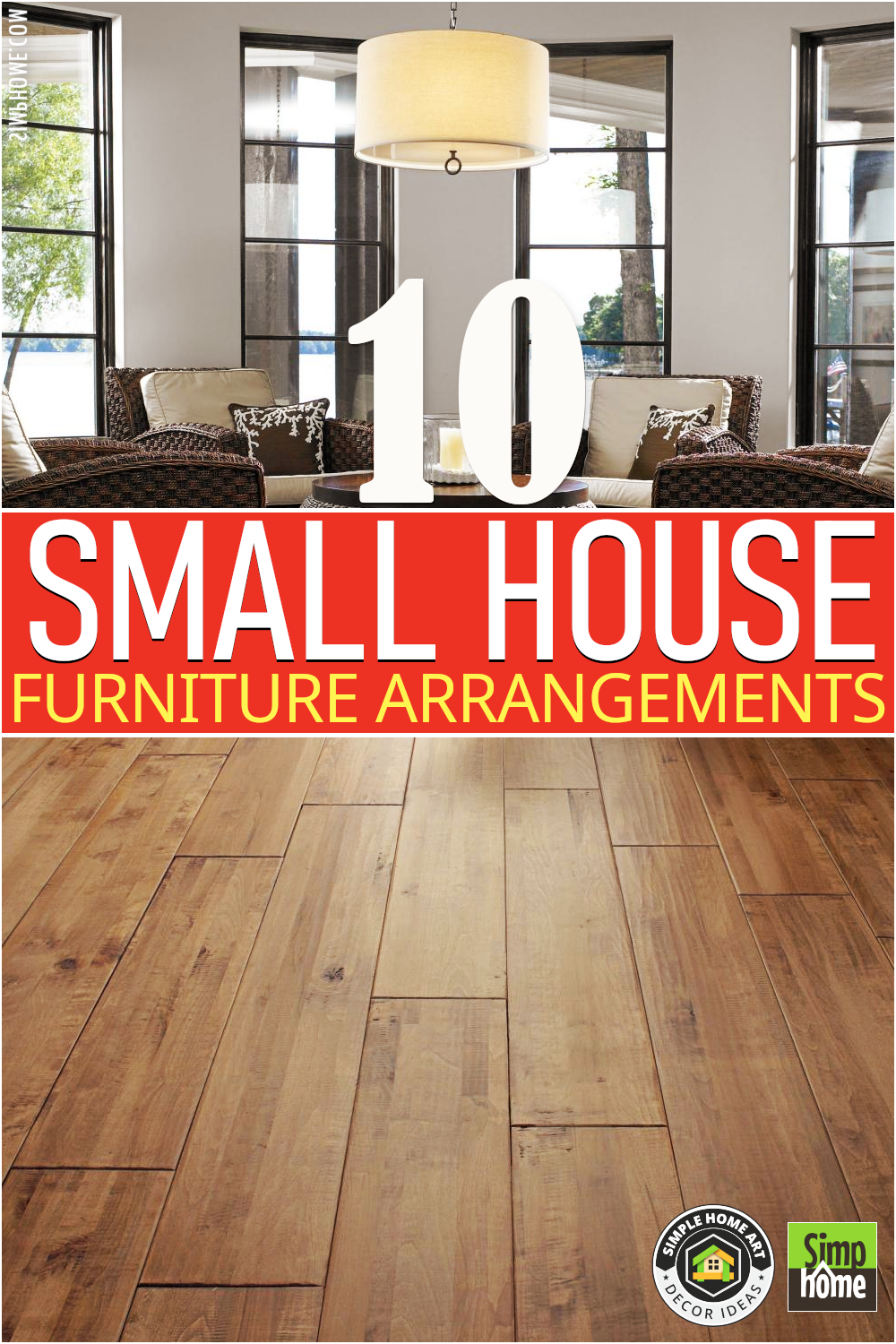
10. Work with your Focal Point
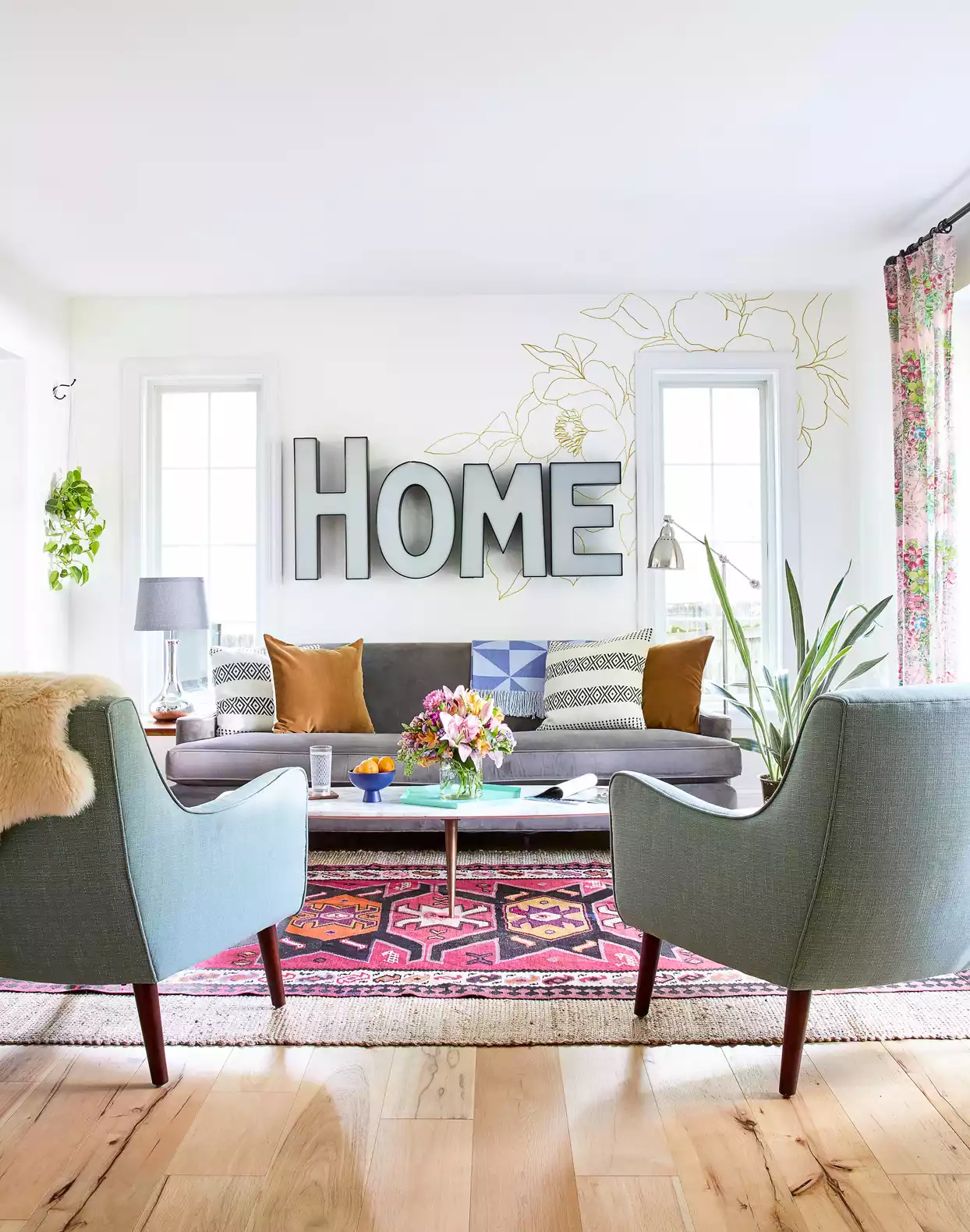 The guests’ attention in a small room can be drawn to a focal point of interest, causing them to overlook the room’s size.
The guests’ attention in a small room can be drawn to a focal point of interest, causing them to overlook the room’s size.
Pick something you enjoy, such as a piece of wall decor, a TV, some artwork, or even a window, and use it as a focal point. Minimalists should go with an item that they can find in nature.
- For instance, consider placing a plant or two on a windowsill or a shelf of your prized possessions in the main window.
- The next step is to set up the room so that the focal point is in the middle or front of the audience. Find the room’s sweet spot and arrange your furnishings around it.
9. Use Lightweight Furniture
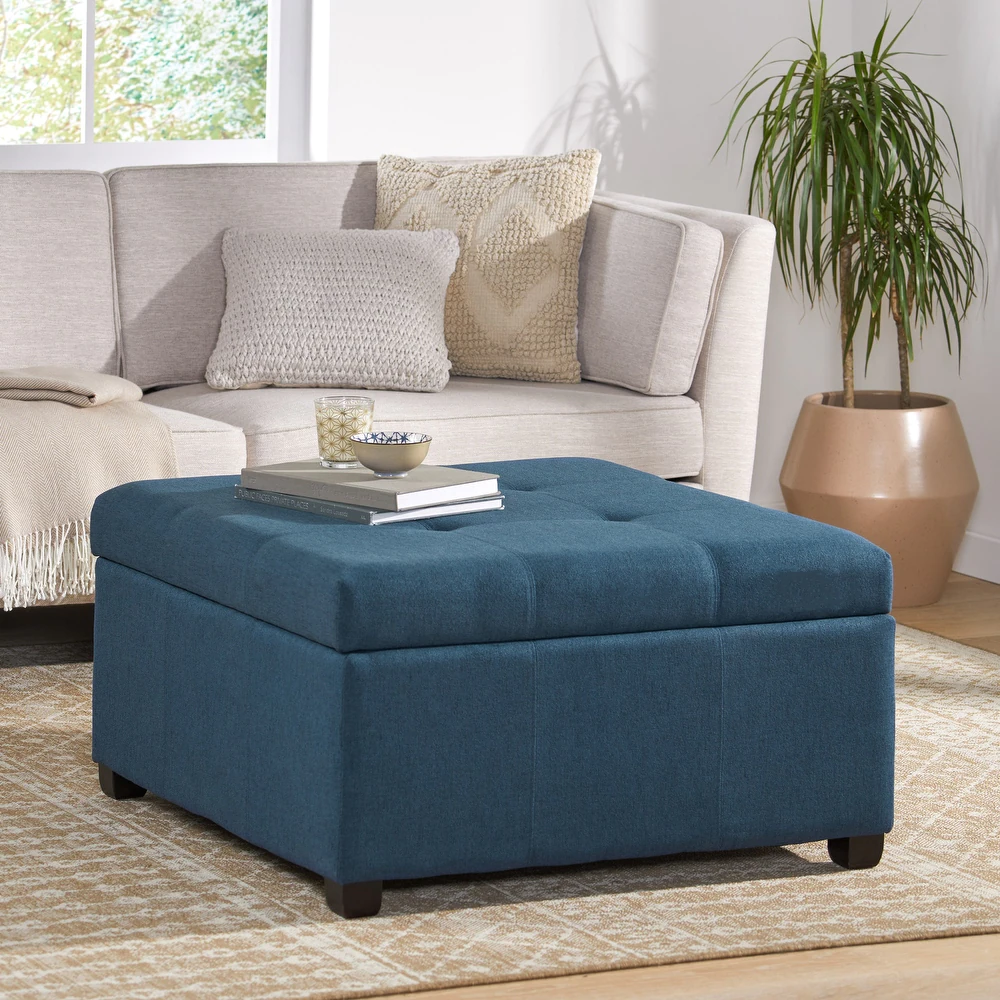 It’s possible to fool the eye with some minor pieces of furniture. So, remember the importance of its visual impact. If you’re looking to spruce up your living area, consider replacing your sofa with a couple of love seats. A few small stools or ottomans can function as additional seating, end tables, or even a coffee table when arranged in a group.
It’s possible to fool the eye with some minor pieces of furniture. So, remember the importance of its visual impact. If you’re looking to spruce up your living area, consider replacing your sofa with a couple of love seats. A few small stools or ottomans can function as additional seating, end tables, or even a coffee table when arranged in a group.
Secondly, limited storage space is a common issue in small apartments. As a result, you can utilize cubes as a makeshift bookcase. Because of their versatility, you can lay out box cubes in a horizontal or vertical orientation. An extendable dining table may then be an option for your home. It will be compact when used alone and can be spacious when hosting guests.
8. Opt for Symmetrical Furniture
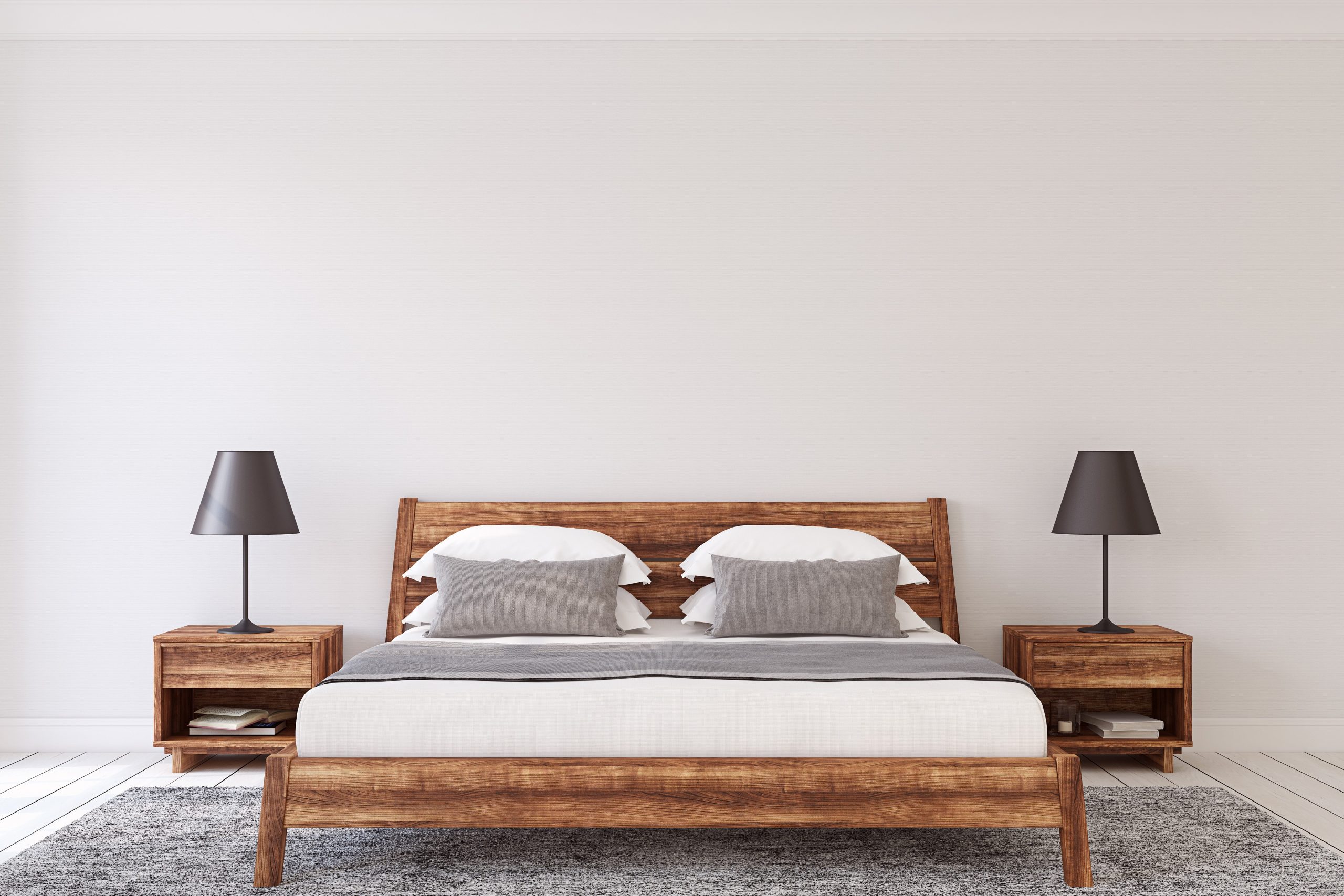 A symmetrical room creates a sense of balance and calm. Moreover, it makes a small room look more spacious than the actual size. When you do it right, your room will appear harmonious, feel bigger, and look tidier.
A symmetrical room creates a sense of balance and calm. Moreover, it makes a small room look more spacious than the actual size. When you do it right, your room will appear harmonious, feel bigger, and look tidier.
Start with a focal point. It can be a window, a headboard, or a kitchen island. Then use it right down to choose other elements of the room. You can also achieve symmetry through light fittings, flooring, and wallpaper lined up beneath the main window. However, to avoid your room feeling boxy, you can break up lines with some curves and textured surfaces to add interest.
When your situation is not ideal, you can make asymmetrical rooms appear more balanced by strategically placing furniture and accessories in different positions, such as a rug, photos, or even a headboard.
7. Choose Multifunctional Furniture
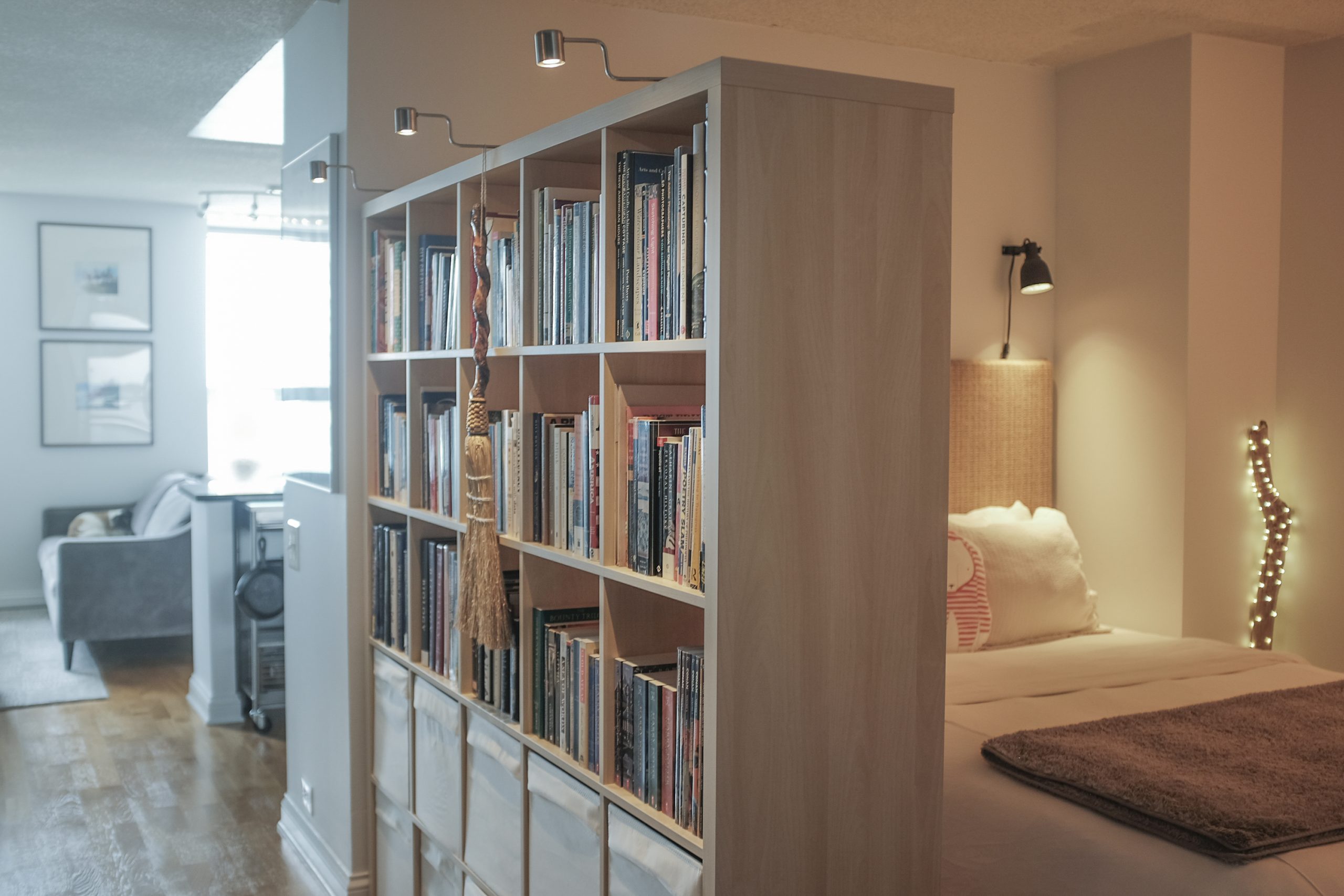 Creative furniture placement is a need when your home is on the smaller side. It’s also important to think about versatility while making furniture purchases. In addition to providing practical additions to your home, well-considered furniture selections can also reduce clutter.
Creative furniture placement is a need when your home is on the smaller side. It’s also important to think about versatility while making furniture purchases. In addition to providing practical additions to your home, well-considered furniture selections can also reduce clutter.
For example, chaise or corner sofas are frequently used for a small living room because they provide maximum comfort without taking up a lot of area.
In addition, you can use them as an extra bed for guests or a daybed for a quick nap. Shelving units provide additional storage for your prized possessions and can also be re-purposed as a practical room divider.
6. Don’t Overlook The Storage
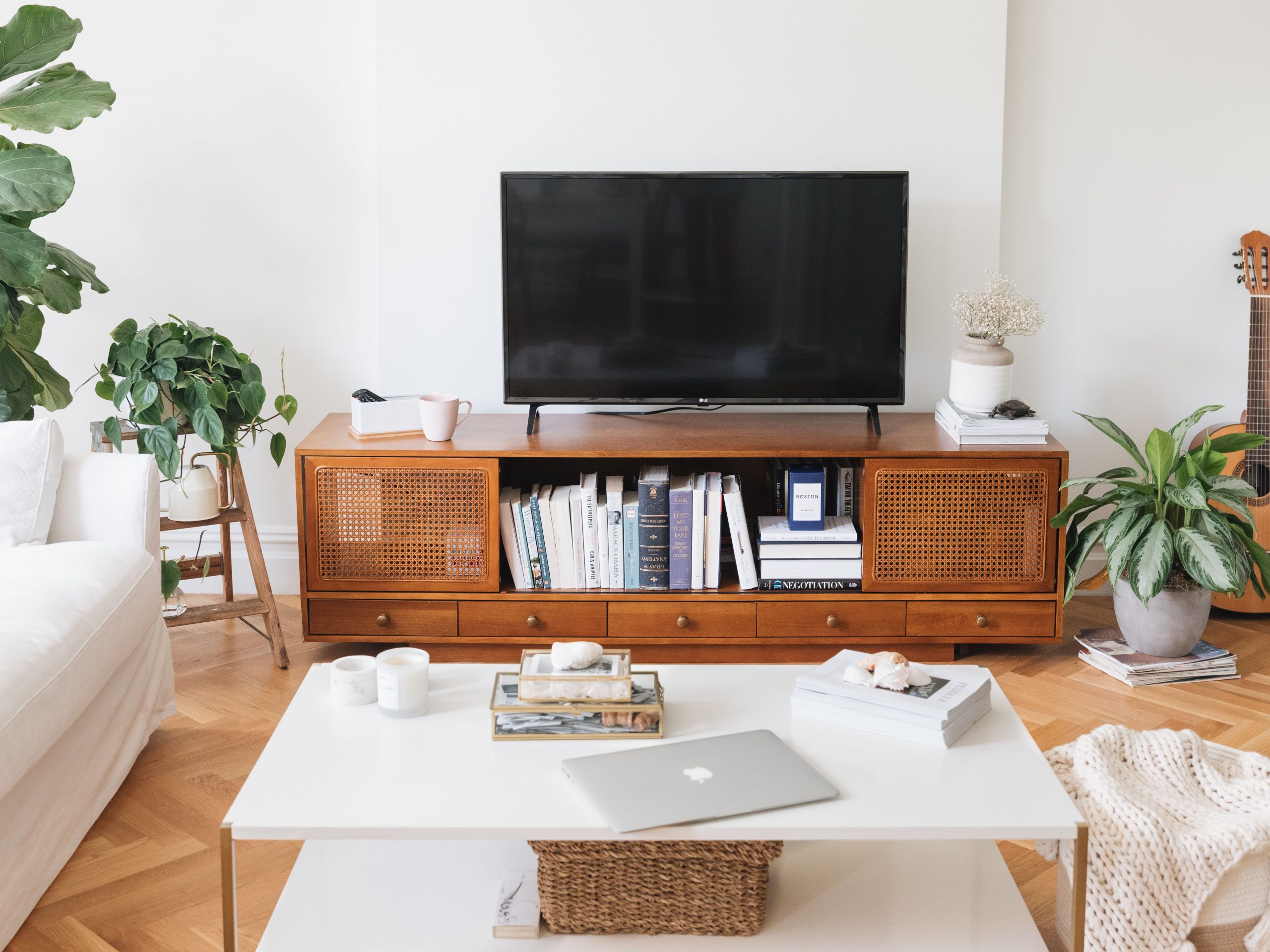
The problem arises if you don’t have a designated place to get stuff done. One of your alternative solutions is you can use the vertical space without overwhelming the area with some strategic stagger. For instance, place items on the upper shelf and install a hook at the bottom to hang things like keys, hats, and pet leashes. Alternatively, make adjustable shelves out of pegboard, stick, and board. To compromise all these madnesses, you can browse Simphome for more comprehensive resources and guidance.
With that said, let’s continue our countdown with
5. Decide Your Style
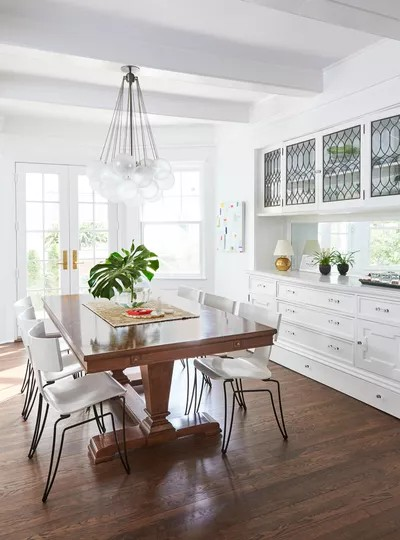 Decide a style to use before planning the room’s layout. You can use this information to plan out the best pieces of furniture for your home.
Decide a style to use before planning the room’s layout. You can use this information to plan out the best pieces of furniture for your home.
Since your options are restricted, you must make smart decisions based on how well they serve your requirements. The focal point of your attention will be the living area, where you and your family may enjoy time together. The design should make people feel at ease and home.
Therefore, look around your room, pick out the best features, and place furnishings according to your preference. If your space is already limited, don’t make it look even smaller by using dark or vibrant colors. Instead of bold colors, use a neutral palette and mix textures to draw attention.
4. Avoid Pushing Furniture Into The Wall
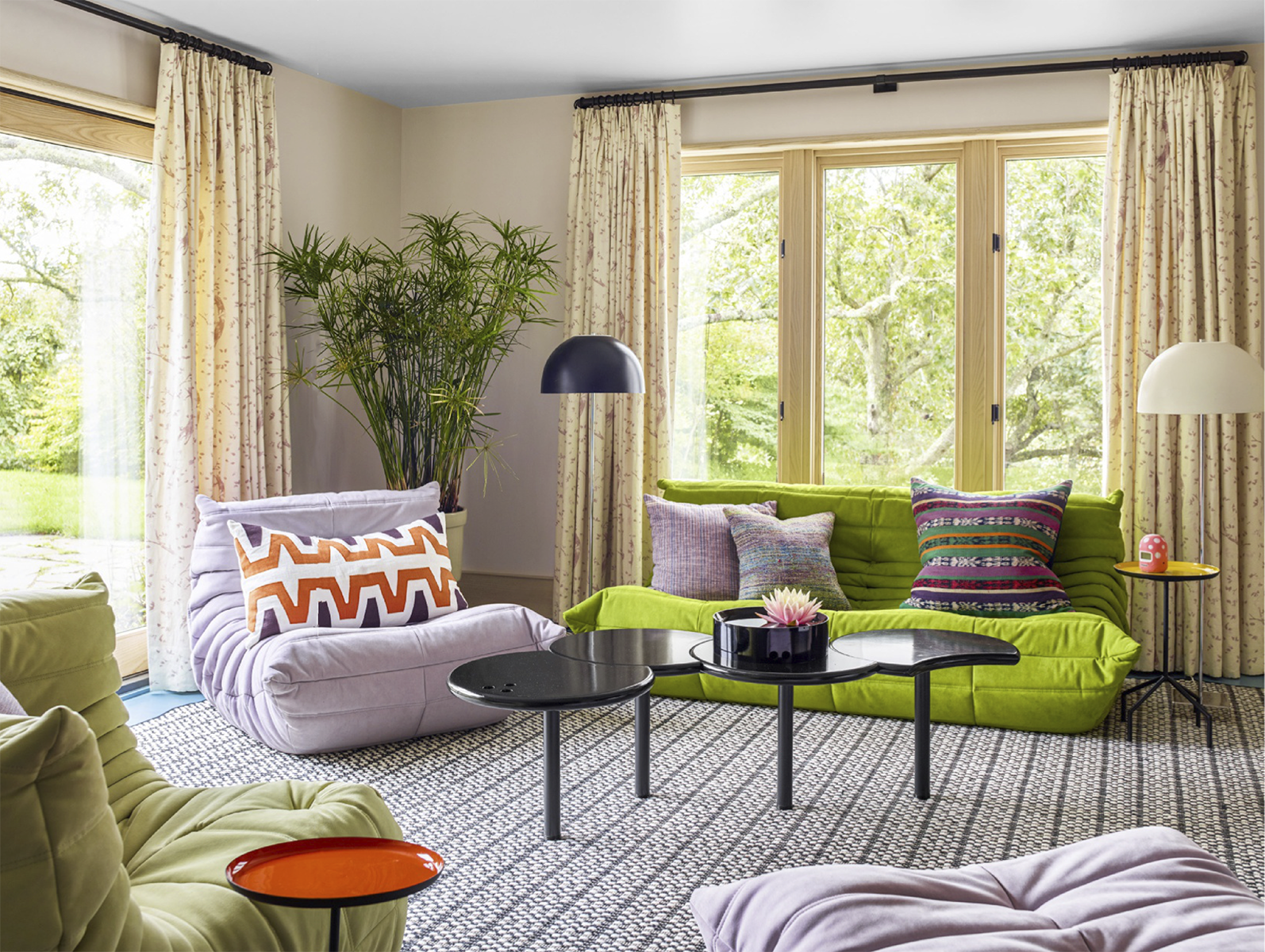 Pushing pieces of furniture against the wall is a typical blunder when decorating a living space. If you already have it away from the wall, you might consider pulling it back a little farther.
Pushing pieces of furniture against the wall is a typical blunder when decorating a living space. If you already have it away from the wall, you might consider pulling it back a little farther.
Contrary to common opinion, positioning them against the wall might make the center look hollow, making the interaction less personal. Alternatively, you might give the pieces some breathing room by leaving a little gap between the back of the furniture and the wall.
How far, then, should pieces of furniture be pulled away from a wall? Create a template for each piece of furniture by measuring its length and width.
3. Pay attention to your Traffic Flow
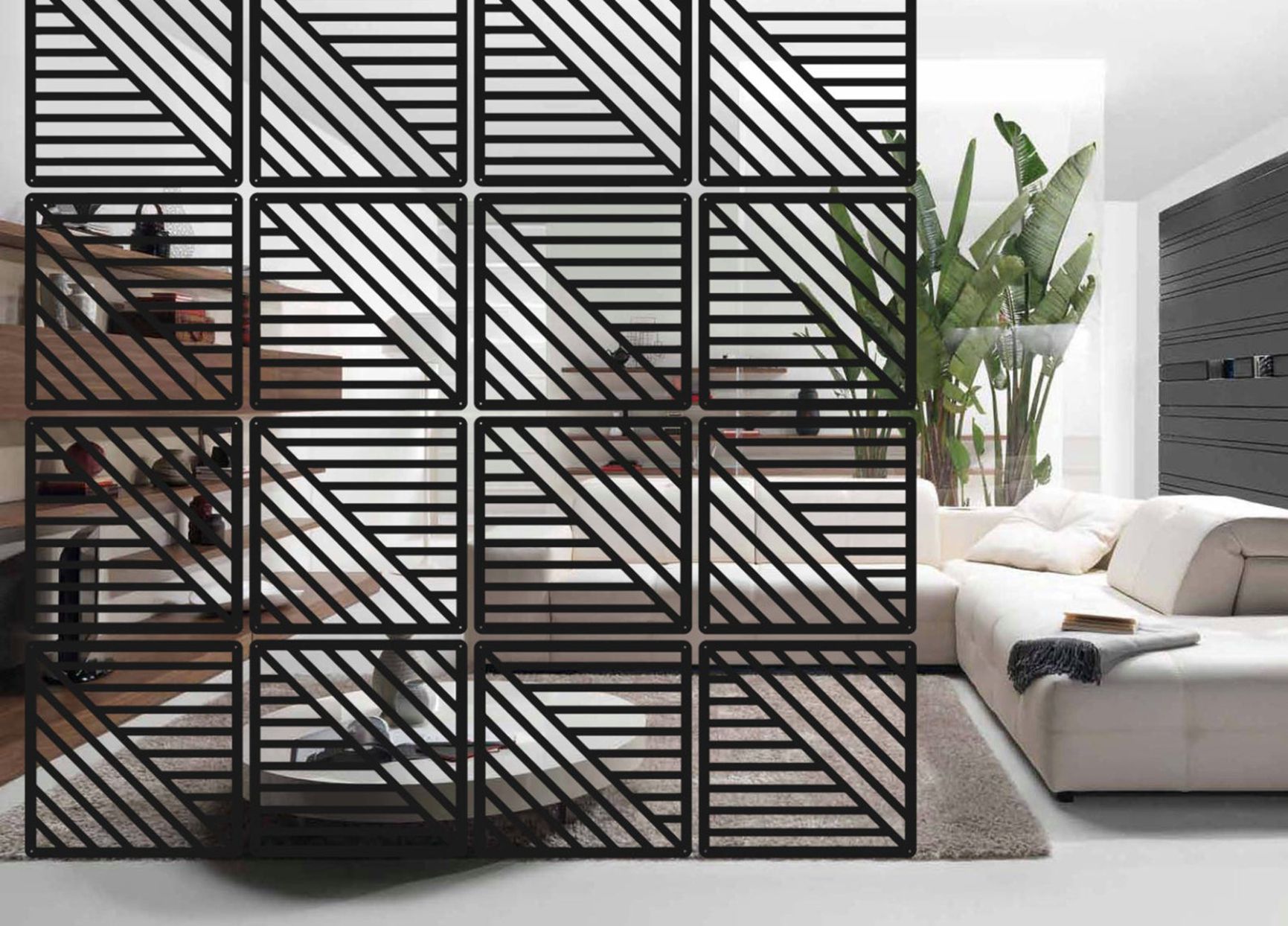 Don’t get too carried away with how your furniture looks or fits in the room. You probably don’t want to fall over any tables or chairs. Put at least 30 inches of space between pieces of furniture you’ll need to move to get across a room. Make a line that people may follow from one end of the room to the other.
Don’t get too carried away with how your furniture looks or fits in the room. You probably don’t want to fall over any tables or chairs. Put at least 30 inches of space between pieces of furniture you’ll need to move to get across a room. Make a line that people may follow from one end of the room to the other.
It may be necessary to use a room divider to split the room in two or to reroute foot flow around a cluster of chairs if foot traffic constantly passes through the middle of the room. Circular or rounded pieces of furniture can soften a space visually and physically.
2. Consider the Functionality of your Room
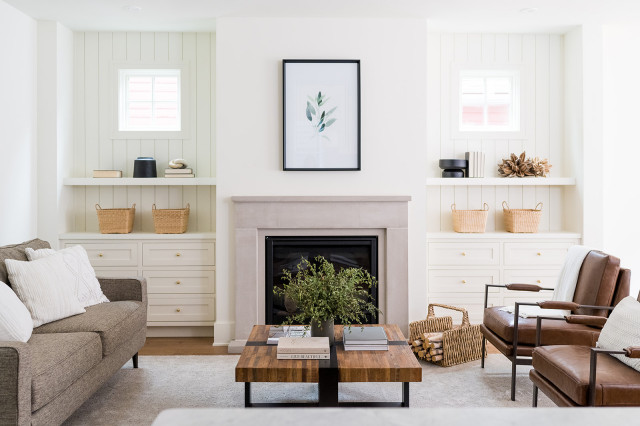 One thing to consider before designing a room layout is the number of your family or the guest you often entertain because that will affect the furniture selection. When you have listed the function of each room, do a space planning.
One thing to consider before designing a room layout is the number of your family or the guest you often entertain because that will affect the furniture selection. When you have listed the function of each room, do a space planning.
For example, what kind and how many chairs will you need for the dining room layout? Then make a plan on how you will circulate the room or move to another room. The key is balance.
The proportion of your furnishing will affect the room’s sense of equilibrium and stability. The last, when selecting the furniture, focus on its purpose, flexibility, durability, and size proportion.
1. Make a Priority
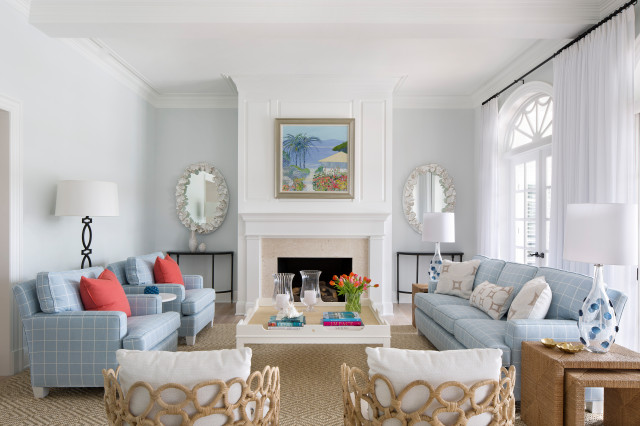 Before purchasing furniture, look around your home and list every room’s needs before going to the store. They can include chairs, tables, shelves, or smaller items like vases, hooks, or artwork.
Before purchasing furniture, look around your home and list every room’s needs before going to the store. They can include chairs, tables, shelves, or smaller items like vases, hooks, or artwork.
Take the room’s aesthetic into account while making your furniture selections. Next, determine if you have any spending money left. No need to fret if that’s the case. If you don’t, start at the beginning of the list and work your way down to the items you need most.
Do not forget that you can acquire them the following time. You can splurge more on the kitchen, living room, or wherever you feel most comfortable showing off your taste first and later. Then, pick out the rest of the rooms’ essentials carefully. Likewise, spending money on high-quality items that will last a long time is wise.
Conclusion.
Arranging small pieces of furniture can be an overwhelming task. Yet, following some of these instructions can make the process more enjoyable. Remember that creating a layout beforehand is crucial to maximizing every space in your home.
References:
10. Bhg.com
9. Houzz.com
8. Homesandgardens.com
7. Ikea.co.id
6. Extraspace.com
5. Home.howstuffworks.com
4. Thespruce.com
3. Mydomaine.com
2. Study.com, Houzz.com
1. Spencercarlson.com, Houzz.com